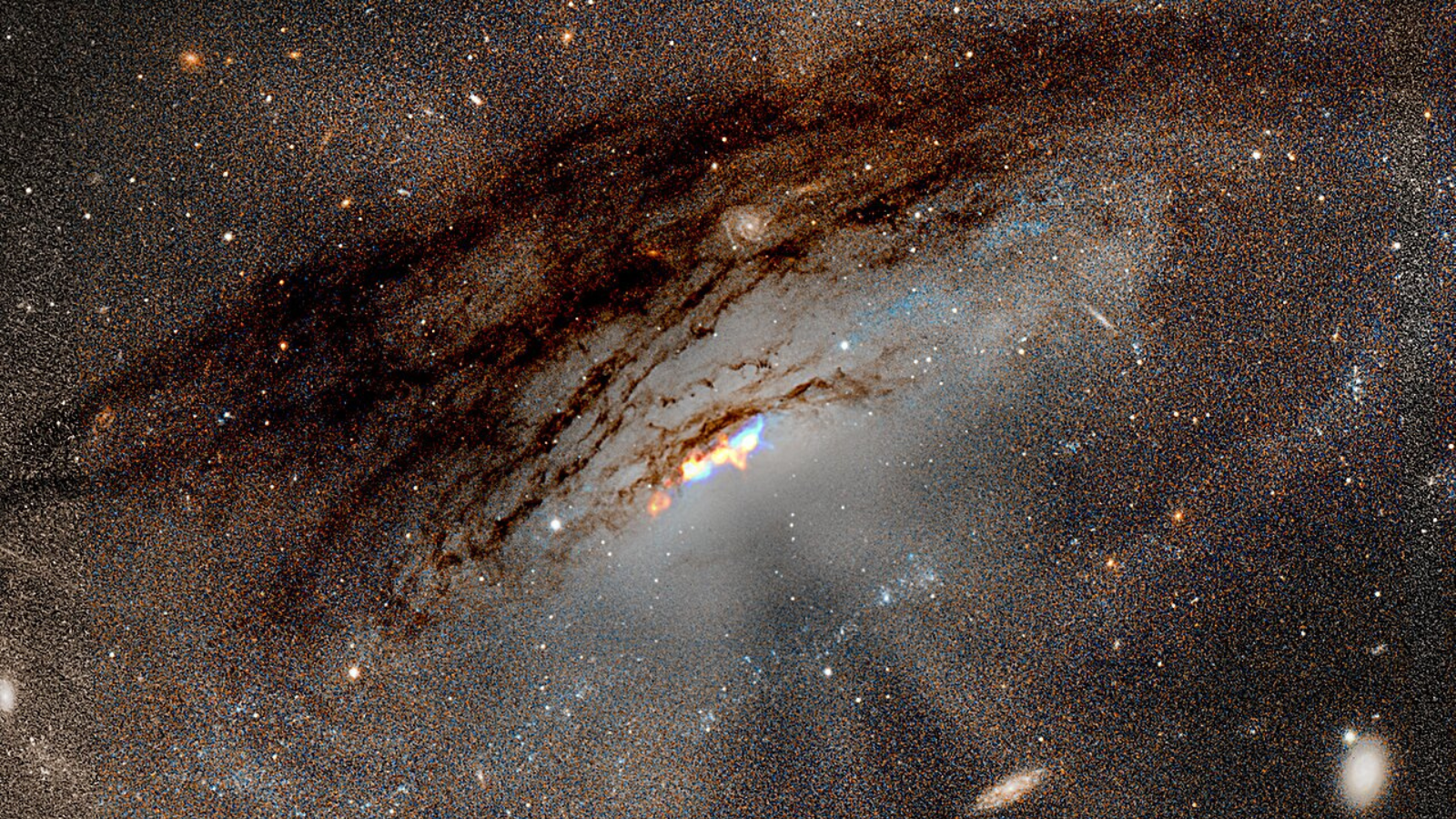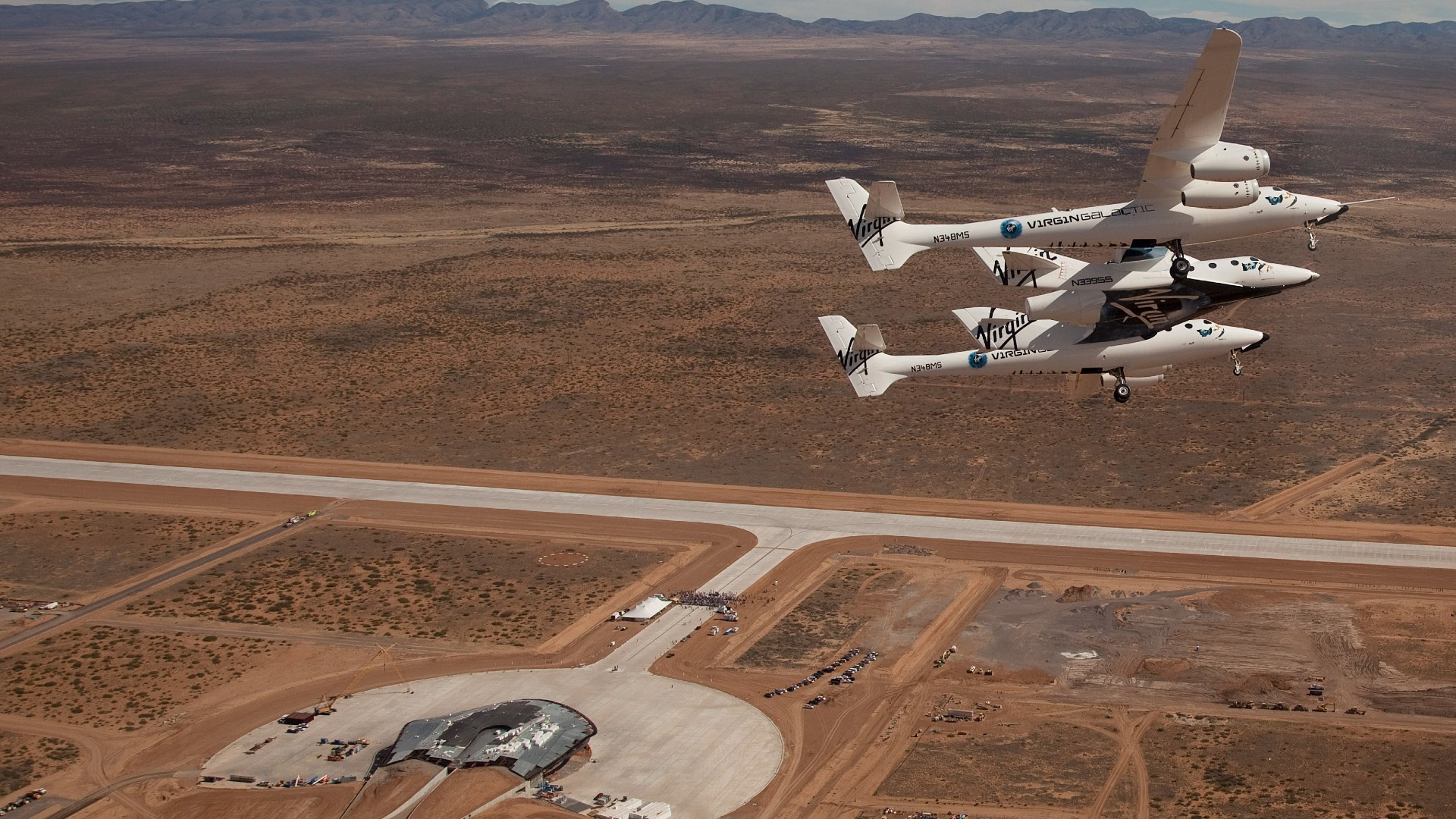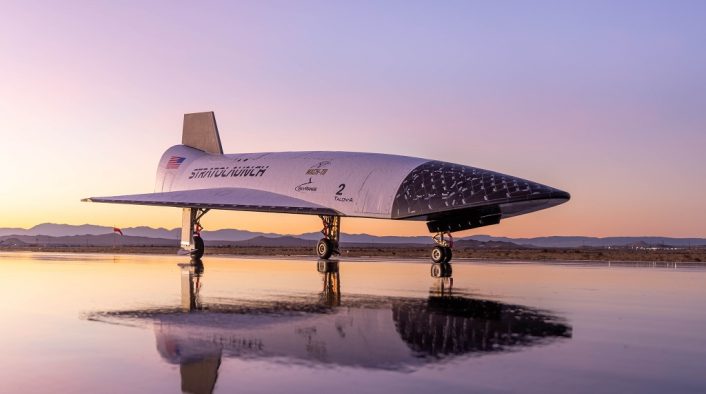
Mystery object shot down over Yukon may have been harmless 'pico balloon'
The 32-inch-wide amateur balloon K9YO-15 was in the area and went missing shortly thereafter.
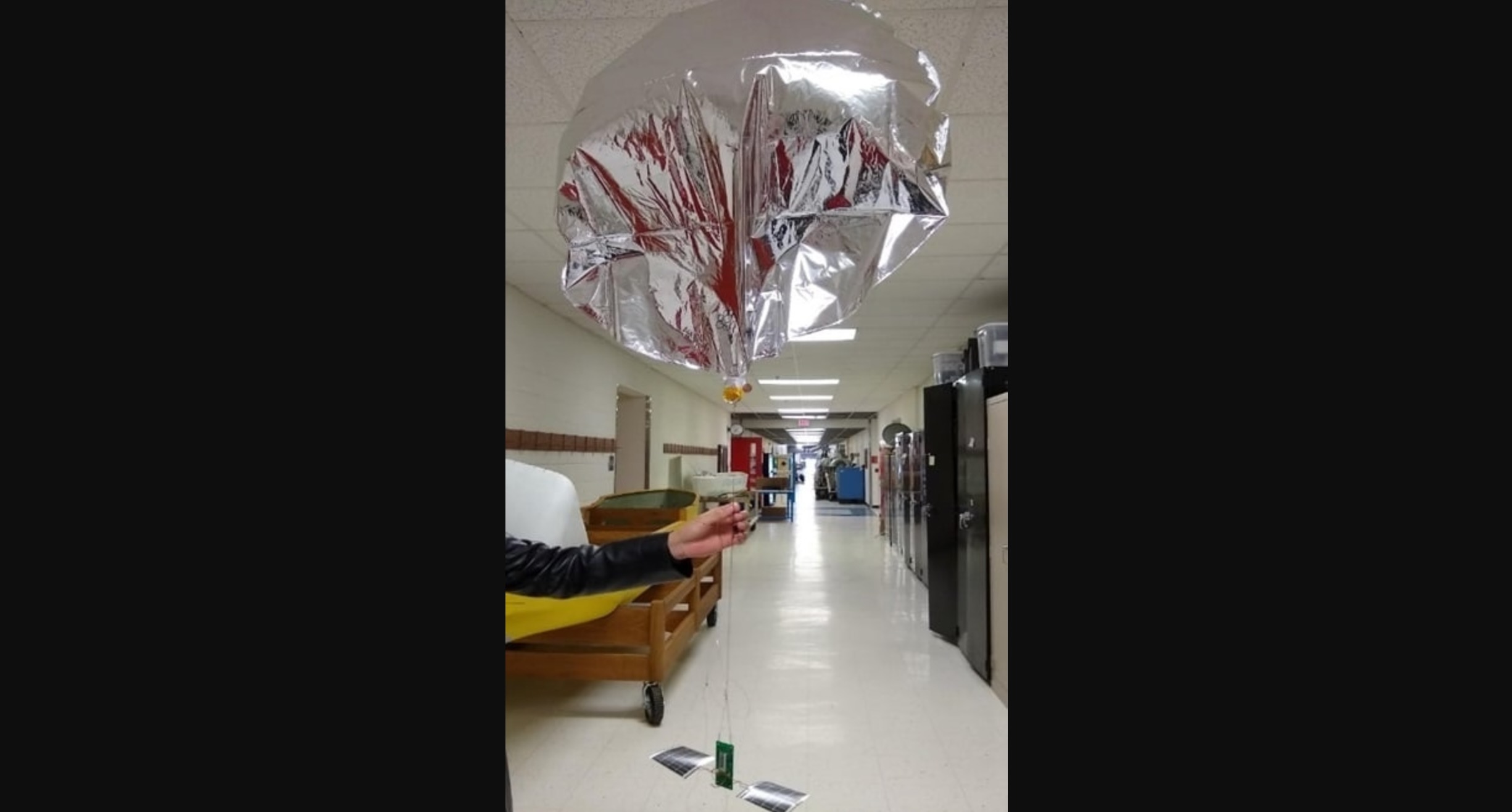
The amateur radio community continues to be abuzz about three recent shootdowns of unidentified flying objects in North American airspace: one over Alaska, one over the Yukon in northwestern Canada and another above Lake Huron.
It turns out that the object blasted out of the sky over the Yukon on Feb. 11 by a U.S. Air Force jet might have been an amateur radio "pico balloon" — specifically, one called K9YO-15, which launched from Independence Grove Forest Preserve in Libertyville, Illinois, north of Chicago.
K9YO-15 was apparently on its seventh circumnavigation of the globe after being aloft for 123 days.
Related: Previous Chinese spy balloons over US were classified as UFOs: report
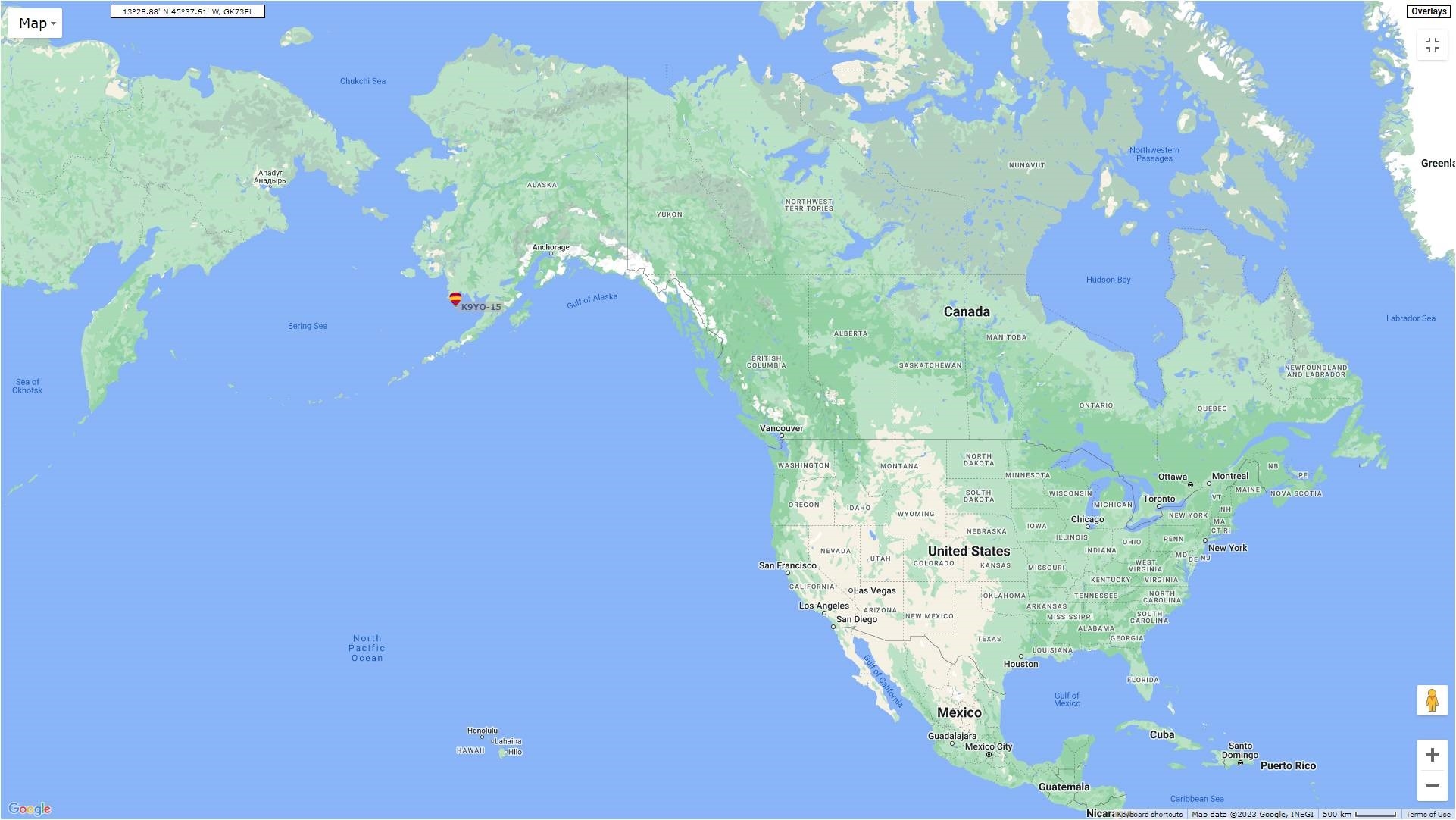
A small but well-traveled balloon
According to Cary Willis of the Northern Illinois Bottlecap Balloon Brigade (NIBBB), there are roughly three million amateur radio operators around the globe. The NIBBB is a subset of this group, a small cadre of pico balloon enthusiasts.
"Our balloons are very small, 32-inch [81 centimeters] diameter, 100-inch [254 cm] circumference, pre-stretched and carry a payload of around 10 grams [0.35 ounces] including the tracker, solar panel and 33-foot [10 meters] antenna wire," Willis told Inside Outer Space.
The K9YO-15 balloon made use of a silver mylar 32-inch sphere, which is available for the low price of $13.33.
Get the Space.com Newsletter
Breaking space news, the latest updates on rocket launches, skywatching events and more!
"Our pico balloon K9YO had been flying for 123 days preparing for the seventh time around the world when it went missing over Canada," Willis said. "That wasn't the first time K9YO went missing. After the fifth time around the world in 77 days, K9YO went missing for 30 days, reported on the 106th day over Mongolia and continued the sixth circumnavigation at 112 days."
"I believe our communications with the FBI will help them identify our project as science in nature."
Missing in action
In a communication with an NIBBB team member, Willis said that "we should be very proud of the work that we have done, and hope to continue our project connecting with amateur radio stations around the world."
Since pico balloon K9YO-15 has not been heard from for several days, amateurs are calling it "missing in action." The object was last reported on Feb. 11 near Hagemeister Island in Alaska.
According to the Pentagon, the object shot down over Canada that day was a "small metallic balloon with a tethered payload" — seemingly a match for a pico balloon.
"We don't yet know exactly what these three objects were. But nothing right now suggests they were related to China's spy balloon program or that they were surveillance vehicles from any other country," U.S. President Joe Biden said on Thursday (Feb. 16) during a press briefing that addressed the United States' response to recent aerial objects.
"We acted out of an abundance of caution," Biden explained, "with established parameters for determining how to deal with unidentified aerial objects in U.S. airspace."
Biden said that the intelligence community's current assessment is that "these three objects were most likely balloons tied to private companies, recreation or research institutions studying weather or conducting other scientific research." A range of entities, including countries, companies, and research organizations "operate objects at altitudes for purposes that are not nefarious, including legitimate scientific research," he added.
'Perfectly safe'
The possible shoot-down of K9YO-15 was an unlucky incident, said Douglas Malnati, an amateur radio operator who launches pico balloons.
"Pico balloons are safe. I think once the government has a better understanding of what they're seeing, they will agree," Malnati told Inside Outer Space.
"Pico balloons don't spy on anyone, and they're perfectly safe to be in the sky with aircraft. The FAA [U.S. Federal Aviation Administration] has guidelines about what can/can't fly, and pico balloons are well inside the safety threshold, so they don't pose a danger to aircraft, nor to people on the ground," Malnati said. The objects are very lightweight, so they don't pose a danger to people and infrastructure on the ground eeven if they pop and fall, he added.
"So in total, I suspect the shootdown was a misunderstanding, if that is what happened," Malnati said. "As far as the future for pico balloons, hopefully the attention brings more people to the hobby, and they enjoy it!"
Leonard David is author of the book "Moon Rush: The New Space Race," published by National Geographic in May 2019. A longtime writer for Space.com, David has been reporting on the space industry for more than five decades. Follow us on Twitter @Spacedotcom or on Facebook.
Join our Space Forums to keep talking space on the latest missions, night sky and more! And if you have a news tip, correction or comment, let us know at: community@space.com.

Leonard David is an award-winning space journalist who has been reporting on space activities for more than 50 years. Currently writing as Space.com's Space Insider Columnist among his other projects, Leonard has authored numerous books on space exploration, Mars missions and more, with his latest being "Moon Rush: The New Space Race" published in 2019 by National Geographic. He also wrote "Mars: Our Future on the Red Planet" released in 2016 by National Geographic. Leonard has served as a correspondent for SpaceNews, Scientific American and Aerospace America for the AIAA. He has received many awards, including the first Ordway Award for Sustained Excellence in Spaceflight History in 2015 at the AAS Wernher von Braun Memorial Symposium. You can find out Leonard's latest project at his website and on Twitter.
-
Hardcrunchyscience ReplyAdmin said:The object blasted out of the sky over the Yukon on Feb. 11 may have been an amateur radio pico balloon — specifically, a 33-inch-wide one called K9YO-15.
Mystery object shot down over Yukon may have been harmless 'pico balloon' : Read more
Wow. A single $13 mylar balloon can cause an international/political incident and a semi-infinite media belch. Time to fold up the tents, kiddies, we done.

